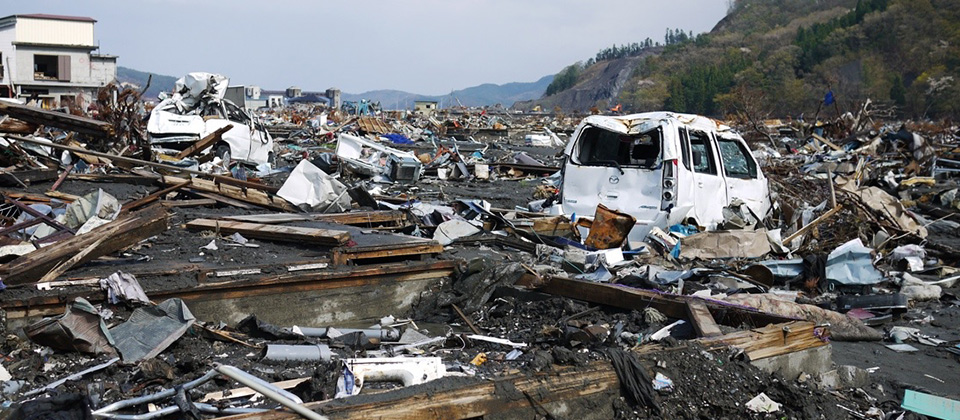It is just an example from a fellow student.
United states of america Air Force controllers at Yokota Air Base situated close to the flight path of Flight 123 had been monitoring the aircraft that is distressed calls for help. They maintained contact for the ordeal with Japanese flight control officials and made their landing strip accessible to the aeroplane. The Atsugi Naval Base also cleared their runway for JAL 123 after being alerted for the ordeal. After losing track on radar, a U.S. Air Force C-130 through the 345th TAS was asked to look for the missing plane. The C-130 crew was the first ever to spot the crash site 20 minutes after impact, although it was still daylight. The crew sent the place to Japanese authorities and radioed Yokota Air Base to alert them and directed a Huey helicopter from Yokota to the crash site. Rescue teams were assembled in preparation to reduce Marines down for rescues by helicopter tow line. An order arrived, saying that U.S. personnel were to stand down and announcing that the Japan Self-Defense Forces were going to take care of it themselves and outside help was not necessary despite american offers of assistance in locating and recovering the crashed plane. A JSDF helicopter eventually spotted the wreck during the night, poor visibility and the difficult mountainous terrain prevented it from landing at the site to this day, it is unclear who issued the order denying U.S. forces permission to begin search and rescue missions.Although. The pilot reported through the air that there have been no signs and symptoms of survivors. Centered on this report, JSDF personnel on the ground edu birdies org write my paper for me did not attempted to the website the of the crash night. Instead, these were dispatched to invest the night time at a village that is makeshift tents, constructing helicopter landing ramps and engaging in other preparations, all 63 kilometers (39.1 miles) through the wreck. Rescue teams did not lay out for the crash site through to the following morning. Medical staff later found bodies with injuries suggesting that individuals had survived the crash simply to die from shock, exposure overnight when you look at the mountains, or from injuries that, if tended to earlier, wouldn’t normally have now been fatal.
Maintenance Error
Japan’s Aircraft Accident Investigation Commission officially concluded that the decompression that is rapid due to a faulty repair after a tailstrike incident during a landing at Osaka Airport seven years earlier. A doubler plate from the rear bulkhead associated with the plane was improperly repaired, compromising the plane’s airworthiness. Cabin pressurization continued to expand and contract the improperly repaired bulkhead until the day of the accident, as soon as the faulty repair finally failed, evoking the rapid decompression that ripped off a large percentage of the tail and caused the loss of hydraulic controls to the entire plane.Japan’s Aircraft Accident Investigation Commission officially determined that the rapid decompression was caused by a faulty repair after a tailstrike incident during a landing at Osaka Airport seven years earlier. A doubler plate from the rear bulkhead associated with plane was improperly repaired, compromising the plane’s airworthiness. Cabin pressurization continued to expand and contract the improperly repaired bulkhead until the day associated with the accident, once the faulty repair finally failed, causing the rapid decompression that ripped off a large part of the tail and caused the increasing loss of hydraulic controls to your entire
Recommendations
Due to this accident and lots of others involving operations in snow and icing conditions, the National Transportation Safety Board issued the following recommendation towards the FAA on January 28, 1982:Evaluate any procedures approved to repair Boeing 747 and Boeing 767 aft pressure bulkheads in order to guarantee that the repairs usually do not affect the “fail-safe” idea of the bulkhead design, that will be designed to limit the area of pressure relief in the case of a structural failure.Revise the inspection program when it comes to Boeing 747 rear pressure bulkhead to establish an inspection interval wherein inspections beyond the routine visual inspection could be performed to detect the extent of possible multiple site fatigue cracking.Fatigue testing and damage tolerance testing were completed regarding the Boeing 747 in March and July, 1986, respectively. A reinforced aft pressure bulkhead was installed from line number 672, delivered in February 1987.Detailed inspection by high-precision eddy current, ultrasonic wave, and x-rays be accomplished at 2,000 flight-cycle intervals (freighters) or at 4,000 flight-cycle intervals for passenger airplanes.Evaluate any procedures approved to repair the aft pressure bulkhead of every airplanes which incorporate a dome-type of design to assure that the affected repair does not derogate the fail-safe idea of the bulkhead. AD 85-22-12 was issued to handle this recommendation.Issue a maintenance alert bulletin to persons accountable for the engineering approval of repairs to emphasize that the approval adequately consider the possibility for impact on ultimate failure modes or other fail-safe design criteria.Require the maker to modify the style associated with the Boeing 747 empennage and hydraulic systems in order that in the event that an important pressure buildup occurs into the normally unpressurized empennage, the structural integrity of this stabilizers.


